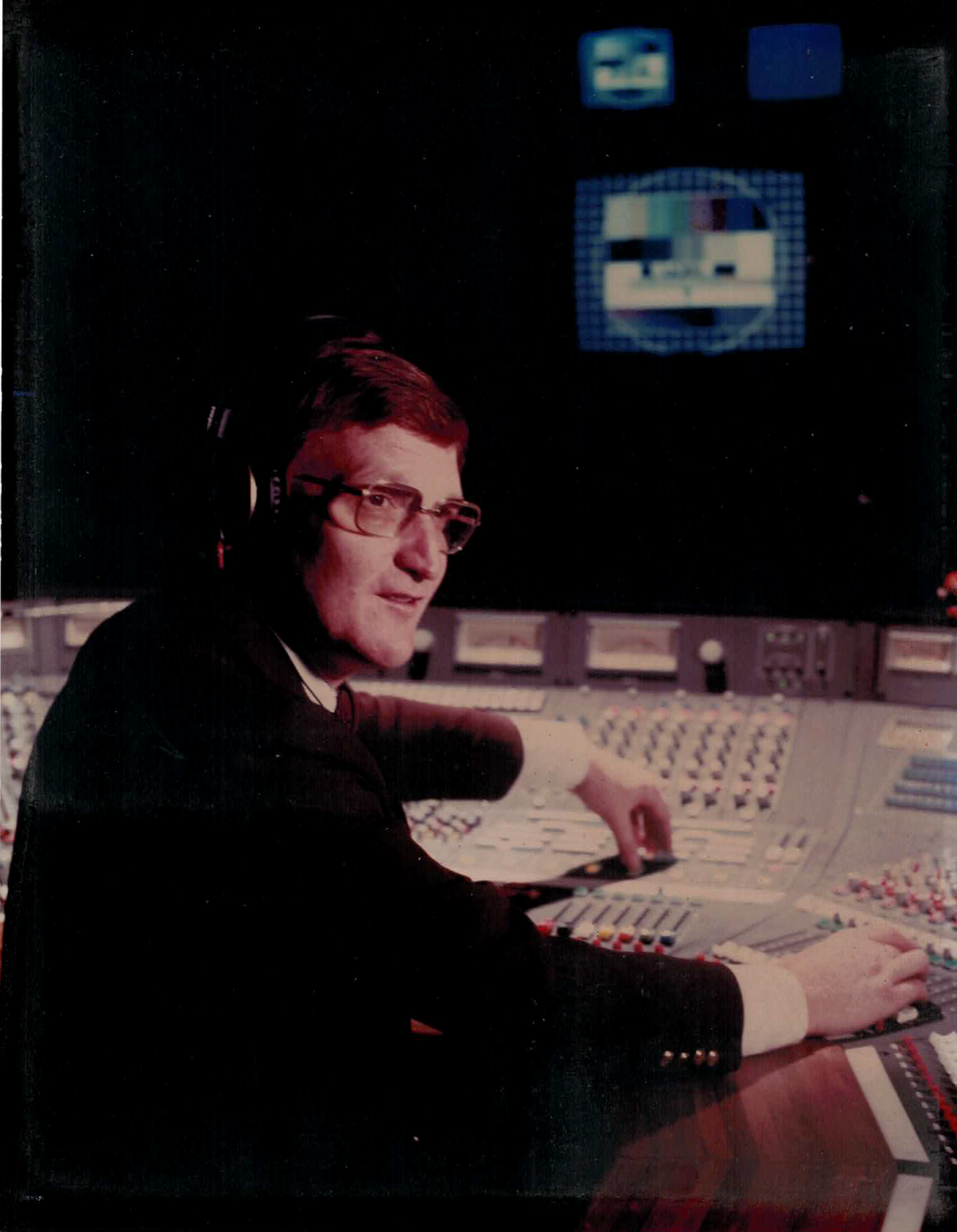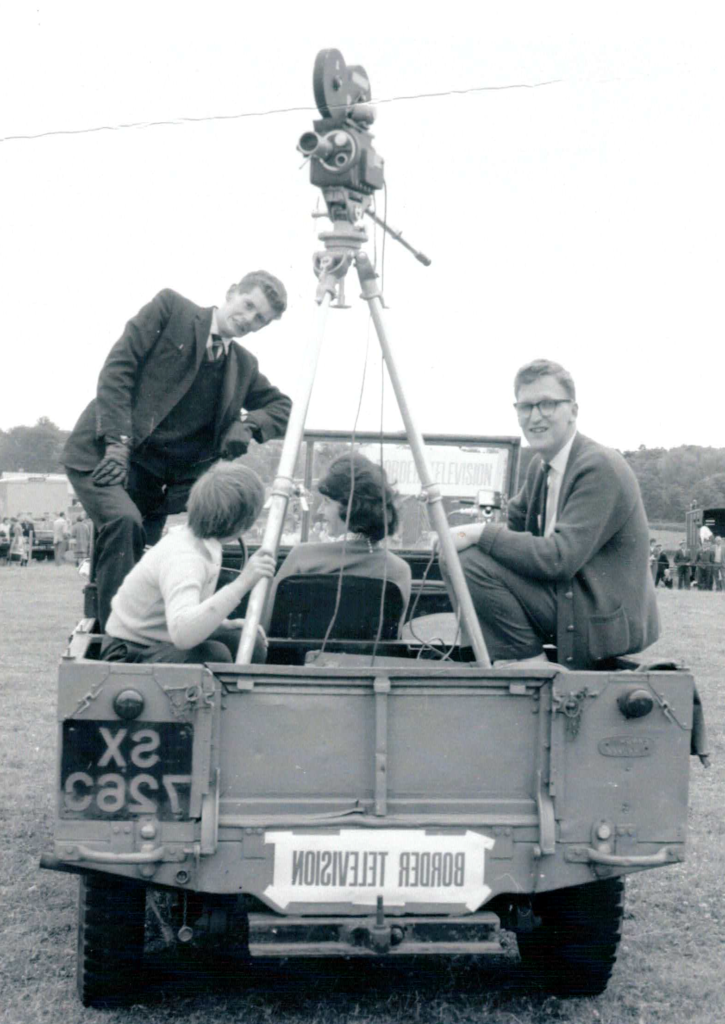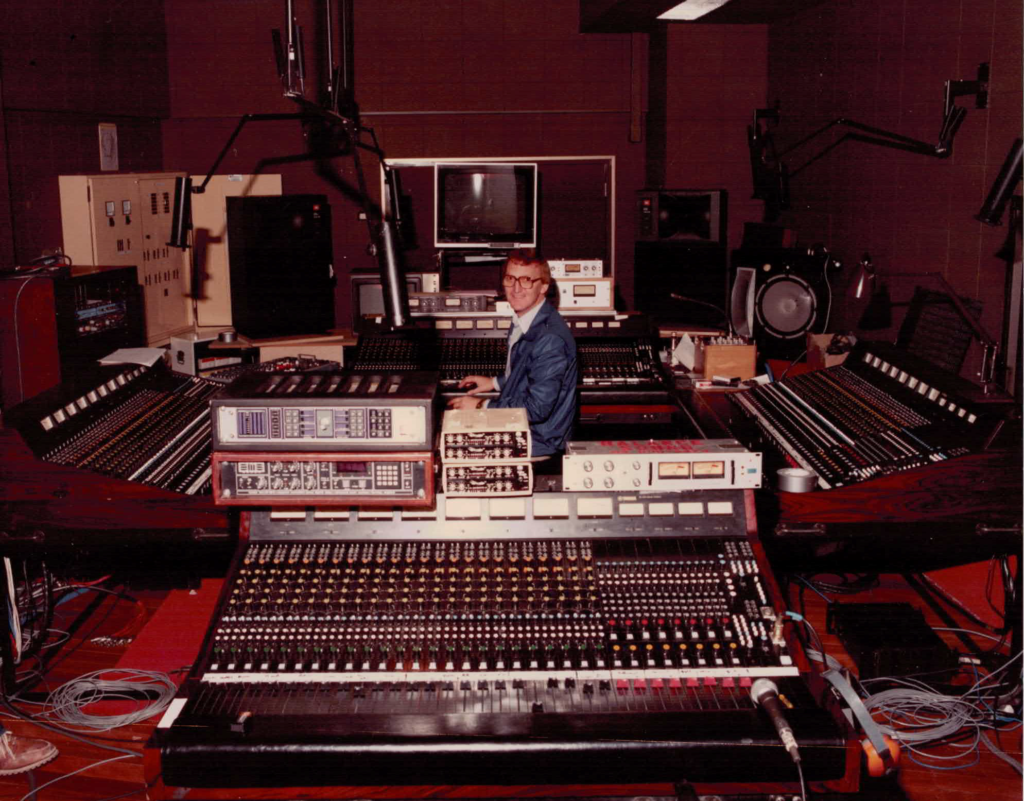News
15 Feb 2022
Vale Colin Stevenson

Subscribe to CX E-News
1940 – 2022
There’s an old-school modesty inherent in many of our audio elders and it can let some brilliant lives go less reported. Fortunately, Col Stevenson’s story is on record, thanks to a video interview he did with Frank Hinton from industry association ACETA a while back.
Col was irrefutably a TV audio pioneer, a guy who came from radio and was right there when television actually started. Born in Gippsland, Victoria in 1940 he developed an appetite for audio via a very basic crystal radio set in grade 5. A guy in the next seat would pass the earpiece over for a listen. They got sprung by their teacher a few times, and she stretched out to call the local radio station on Colin’s behalf.
As a result, radio 3UL Warragul took him on for work experience and he was a duck to water. At the height of radio, panel operators spun disks and supported on-air personalities who were the rock-stars of that media. Once credentialed to work professionally, Colin reasoned that he could add value, and inserted a simple sound effect for the morning show DJ. He dropped in a rooster crowing sound effect. The DJ looked at Colin. Colin looked at the DJ. While the DJ read an advert, the station manager burst in the control room. ‘You’re a genius! The switchboard has lit up!’ Many sound effects followed.
That was the holy grail of media when radio was the only broadcast medium: lighting up a switchboard. Colin would see many moments like these in the expansive career he enjoyed thereafter.
In 1958 he joined HSV 7, just two years after black and white TV started in Australia. Because TV was fresh and new and exciting, he and his colleagues knew they needed to learn more, so in 1960 he travelled to the UK to work in TV.
“Border television on the Scottish border wrote to me, saying they needed someone with experience! That’s where I met my wife Margaret,” he told Frank.
By 1964 a family was on the way and the newly married couple returned to Australia. Channel 10 had raided the audio team at Channel 9 so Colin stepped into the job as Audio Director of 9’s new show IMT: In Melbourne Tonight. This launched the career of Graham Kennedy who became one of THE major stars of Australian TV. The rapport Col and Graham had was a huge deal. Talent like Graham fed off the audience and making sure the audience heard him and he heard and felt the audience was a key element.
Straight away Col was innovating. The new studio had audience speakers hung high, but when the boom mic came back it would whack the boxes. Col got Rola, a local Melbourne loudspeaker manufacturer, to build multiple small 100v line speakers positioned at chair level. That’s how it is now done today; put the TV audience live sound as close as possible to each live studio member.
After Kennedy came Don Lane, the next megastar of 60s and early 70s late night TV. Col was audio director on the Don Lane Show.
Almost to make it hard for himself, he sorted out a live TV show on the HMAS Melbourne, Australia’s last aircraft-carrier. Back then there was no Acoustic Echo Cancellation so Colin was the Echo Canceller, opening and closing faders during satellite interviews to allow what appeared to be seamless conversations without feedback/echo loops.
Then came the revolutionary Channel 9 World Series Cricket breakaway competition, with Col as audio director. The challenges were many. “They started off and all you could hear was the commentators,” Col said. He told them: “If you can see it, you gotta hear it”. This is a key point. The sound needs to match the pictures and as much as possible. The viewer needs to feel as if they are part of the show.
The microphone came onto the sporting field. They dug trenches and put microphones into places they had never been.
“We put them in the pitch. Kerry Packer came down to VFL park, and with two sets of headphones, we listened. Dennis Lillee was batting, then an Indian fast bowler hit his foot, and Kerry is nodding. Some fragrant language it was.”
“Kerry said, ‘we got a bit of work ahead of us, son, haven’t we?’”
“I said I knew where the microphone has to go; right behind the middle stump. Packer said ‘Why?’ I said because the batsman is a good metre out there, facing away. So we don’t hear the cursing!”
“The English were amazed, on the broadcast you heard snick! Zing! Bang! Tap-tap-tap-tap with the bat. Snickers, you’d hear them go zing-a-bing!”
“I approached Sony about building a transmitter on a chassis inside a cricket stump. But the video blokes got in first with the camera in the stump.”
“The public had to hear as good as it can be. It isn’t pre-recorded. That’s what I was all about.”
Some of the other special events Colin was AD for while at GTV9 included Sunbury Music Festival, Neil Diamond Thank You Australia, Elton John Thank You Australia, and broadcasts of Dire Straits and Cliff Richard, along with the opening of the Sydney Entertainment Centre.
By the 1980s Col and Margaret started Production Audio Services, joined by son Graeme. Initially Production Audio was a hybrid of Colin doing freelance production, consulting to broadcast, and sales. The sales potion of the business was started with Countryman microphones and becoming the Victorian agent for Shure through Colin’s relationship with the Fitzsimmons family company Audio Engineers. It was becoming clear in the late 80s broadcast was changing and diversification was going to be required. Additionally, Production Audio designed and sold systems to churches and venues, and started importing and reselling audio equipment.
Col was working on special events like Royal Command Performances, the Logies, and the Sydney Olympics in 2000.
Another notable event was Soundcloud in 1988, the Japanese Government’s gift to Australia for the Bicentenary. Colin flew to the US to meet with Marti, the manufacturers of studio transmitter links, (STLs). Colin had them build 12 x 10 watt 900Mhz STL to work with Sony W900 series receivers. He transmitted program and timecode to 10 or so PA towers on land, three barges on Farm Cove, and a naval helicopter.
He was a raconteur who hung with a crowd of early TV legends, leading to many a saucy story.
Production Audio Services continued to grow, becoming a specialist audio design and distribution company. I would run into Colin and Margaret (they were inseparable) at overseas tradeshows where they would always energetically promote the latest innovation. They were brilliant brand ambassadors for the products they represented and supported clients diligently.
Family handovers often don’t work out well, but when Col and Margaret retired, son Graeme gently steered the firm towards what it is today; Production Audio Video Technology.
Col’s legacy is assured. He is the epitome of an era when the tyranny of distance demanded innovation and solutions, as an exciting new medium rolled out across the world. When technology accelerated and self-learning was all you had, as viewers and audience demanded more and more.
Cautious but adventurous, Colin Stevenson modestly powered on, walking around or climbing over obstacles.
Subscribe
Published monthly since 1991, our famous AV industry magazine is free for download or pay for print. Subscribers also receive CX News, our free weekly email with the latest industry news and jobs.






